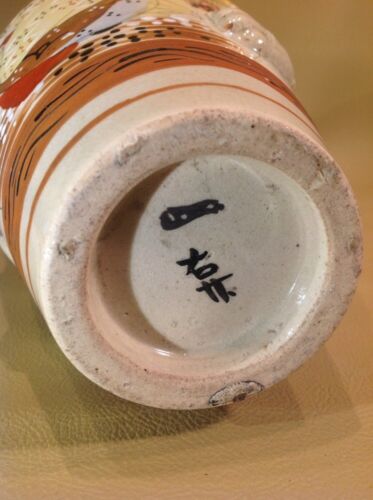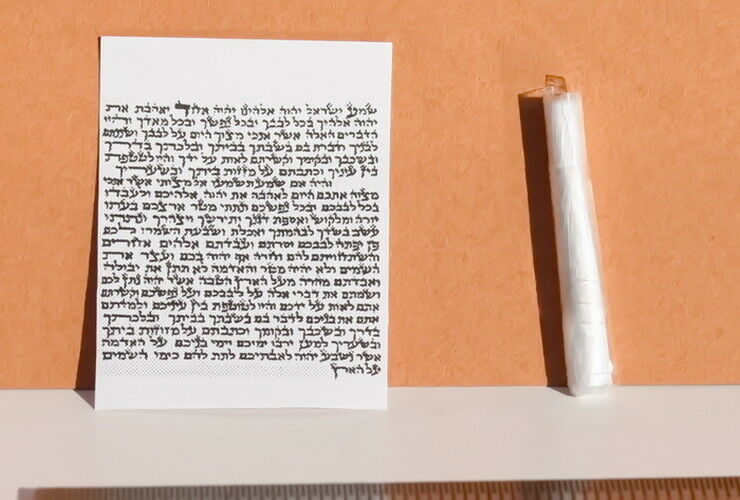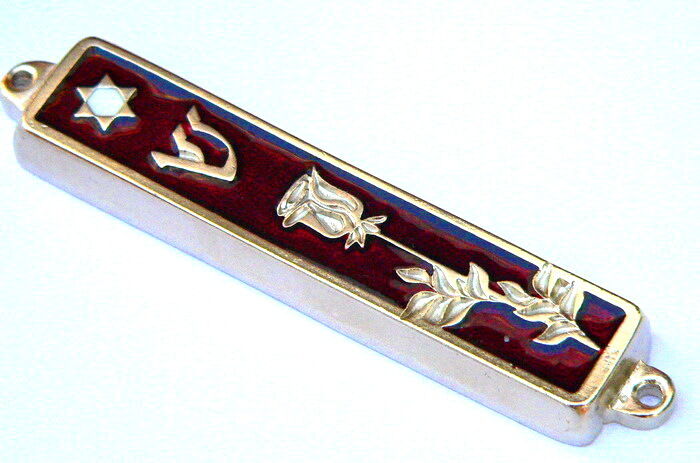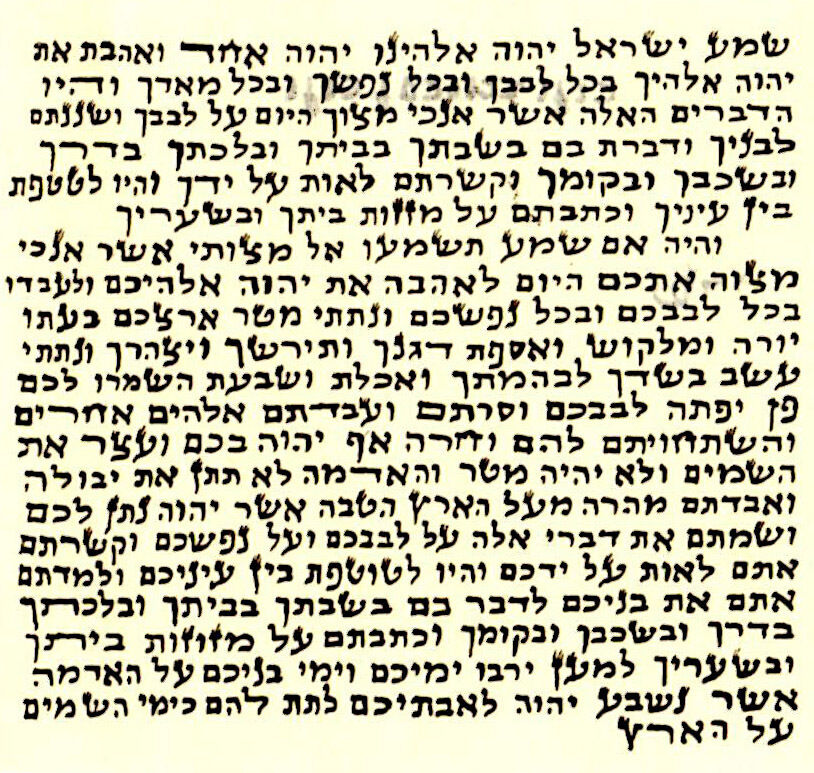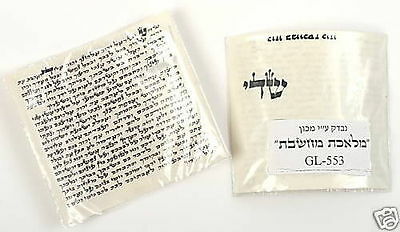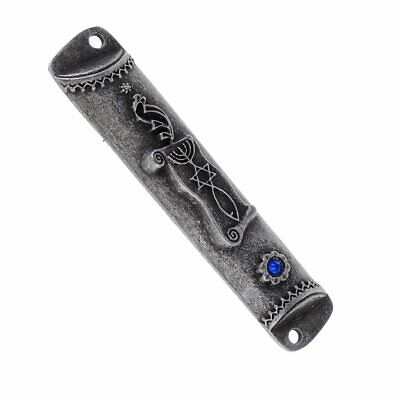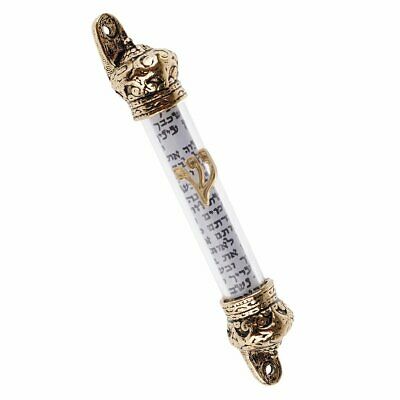-40%
Antique 19th Century Asian Japanese Moriage Kyoto Satsuma Pottery 12" Meiji Vase
$ 77.61
- Description
- Size Guide
Description
RARE ANTIQUE JAPANESE KYOTOSATSUMA POTTERY ART VASE
MADE IN JAPAN
MEASURES: 12" TALL
EXCELLENT CONDITION
Small repair at top of vase - see pictures.
Kyoto Satsuma Ware (Kyo-Satsuma) CeramicsSatsuma ware is a brown clay porcelain that is fired at a lower temperature. Originally created during the 16th century by Korean craftsmen living on Kyushu Island (Kagoshima prefecture) in southern Japan, Satsuma-ware production moved to the Kyoto region (kyoyaki) and the local Kinkozan Gen'emon ceramicists during the Edo period. By the mid 1800s (Meiji Period), Kyo-Satsuma ware was a popular Japanese export, and ceramist Kinkozan Kobayashi became known for his polychrome overglaze enamels (iroe) produced at his Kagiya workshop in Kyoto. Jiki Shippo Meiji Ceramic & Porcelain Another of the major developments in the art of CloisonnŽ enameling during the Meiji period was the invention of jiki shippo porcelain cloisonnŽ. In jiki shippo (aka totai jippo or musen jippo) enamelware the enamel pigments are applied to ceramic pottery or a porcelain base instead of metal The process of applying filigree wire and fired enamel to ceramic pottery was developed by Tsukamoto Kaisuke in 1868. Kyoto Satsuma earthenware became a popular base material for totai jippo.


